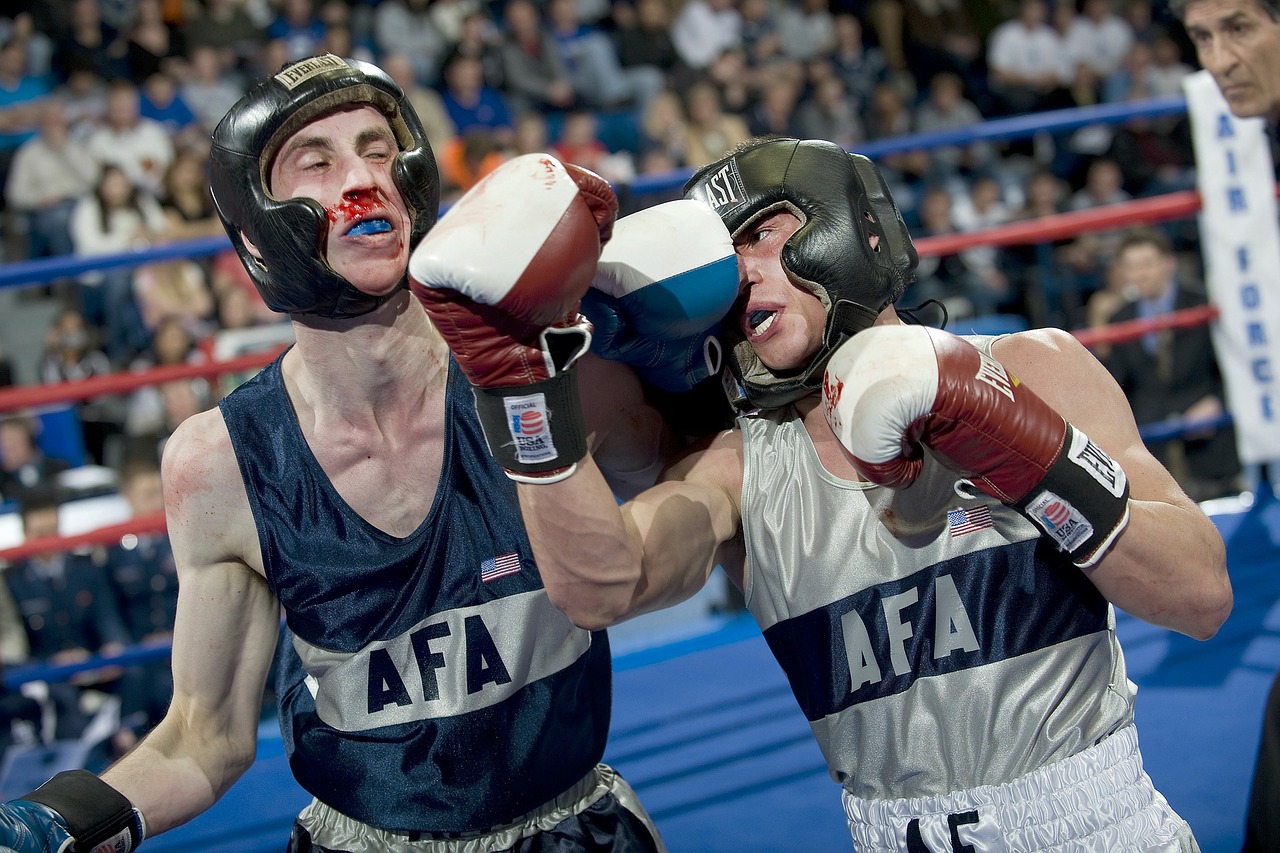
You throw dozens of punch combinations in a training session. Some work perfectly, and the sequence is smooth from beginning to end. Others feel awkward, unnatural even, and disrupt the body’s natural mechanics.
So, what makes for a sleek combination? Power? Speed? Elegant movement? All of the above? Why do some combinations flow like water while others jolt like an old, beaten-up pick-up truck.
When you’re new to boxing, it can be hard to put a finger on exactly what makes a good combination. You’re not quite sure how to come up with your own, and you end up like a scratched CD repeating the same combos your coach demonstrated.
This guide to boxing combos for beginners gives you the know how to craft your own flawless combinations. We share the four elements that all good combos have. Implement them, and your combinations will be graceful, powerful, and magnificent to watch.
- Hips and Shoulder Rotation
For your combination to work, each punch has to transition effortlessly into the next. There has to be flow. Each punch has to set up the next punch.
This is most easily achieved by switching from left side to right side. When you throw punches with alternating hands, your hips and shoulders should rotate as you throw. This rotation allows you to load power into the following punch.

The power transfer is similar to the motion of a slinky. When you throw with your left side (jab, hook, or uppercut), the rotation causes your right shoulder to be at the rear. The “coil” is now compressed and loaded on your right side and ready to spring.
Note that you don’t have to go left, right, left, right for a combination to be effective. Once you master hip and shoulder rotation, you can quickly reload and pop off two or three punches from the same side. For example, the double jab cross is an efficient combination as is throwing a hook to the body then a hook to the head from the same side.
- Changing Levels
Good combinations target both the head and body.
If you’re fighting someone who pulls guard every time you throw, your punches aren’t going to have much effect landing on their arms. That’s where the body shot comes into play. Switching between head and body punches presents more areas to land strikes and an opportunity to wear down an opponent.
Crippling body shots are hard to master, but their effects can be devastating – especially to an unconditioned core. Land enough body shots, and your opponent will soon lose the will to fight.
“Kill the body and the head will die.” – Smokin’ Joe Frazier
- Lead Into Your Power

If you have a killer uppercut, it can be tempting to just throw it in the hope of finishing the fight early. However, it’s not always the best idea to throw your power shot first. The reason being that, the power shot is easy to see coming, and you need to set it up for any chance of landing it.
This is especially true for the cross, where coming from the rear hand, it has a longer trajectory which gives your opponent more time to react.
To save from telegraphing your knockout punch, throw power shots in the middle or end of your combo. The first punch or two of your combination should be your “feelers”. They reveal the defensive manoeuvres of your opponent and expose openings that give you the opportunity to land that signature punch.
- Distance
The jab and cross are long range punches, whereas the hook and uppercut are short range (although they can be used at a distance). When constructing your combos, you need to consider your footwork when transitioning from long to short range and vice versa.
For example, after flinging a jab or a cross (long range), you may need to take a small step forward to successfully connect with the hook or uppercut (short range). Closing the gap comes naturally with experience, but beginners often wonder why their punches are falling short of the target.
Putting It All Together
Hopefully, you’ll now know what makes a killer combination. Not all combinations are suited to everyone, and your physique and abilities will determine which ones gel with you.
However, by paying attention to flow, distance, set up, and personal strengths, you’ll be able to come up with your own combinations that are highly effective and beautiful to watch.
10 Super Easy Boxing Combos for Beginners
If you need some help getting started, here are ten combinations that are easy for beginners and practice the fundamentals mentioned above. If you have a favourite combination you would like to share, add it to the comments below.
Jab, cross
Head jab, body cross
Double jab, cross
Jab, cross, left hook
Jab, cross, left hook, cross
Jab, cross, left body hook, body cross
Jab, cross, left hook, right uppercut
Jab, cross, left uppercut, right cross
Jab, right hook, left hook, cross
Cross, left hook, cross
